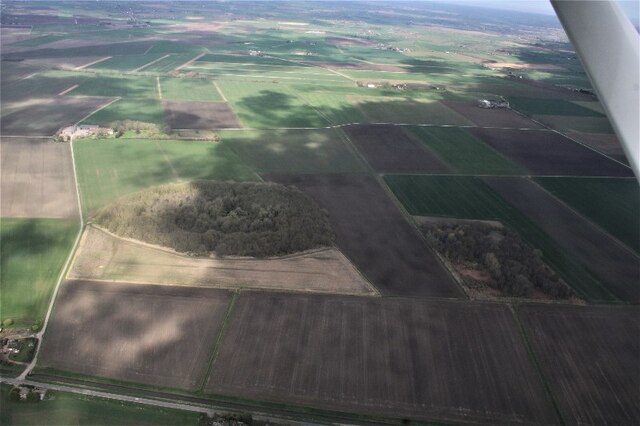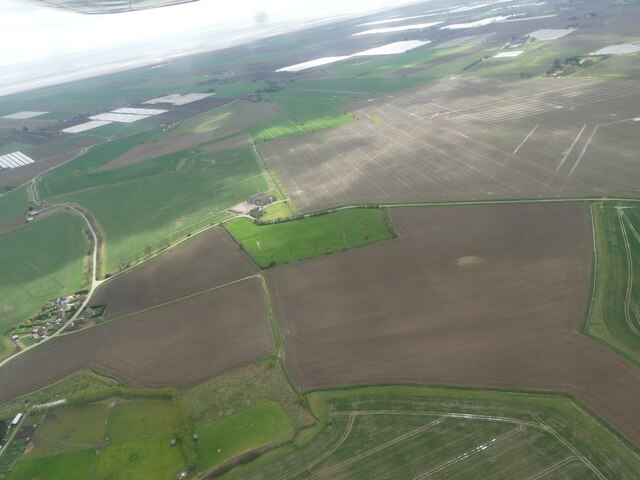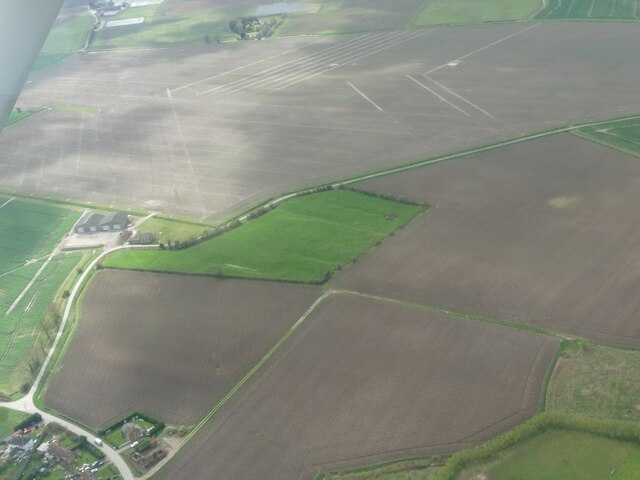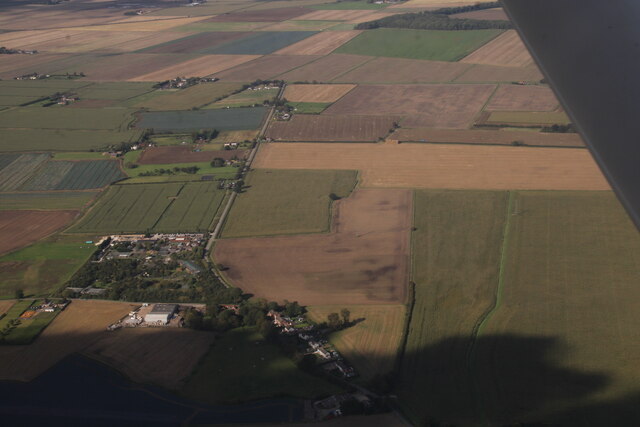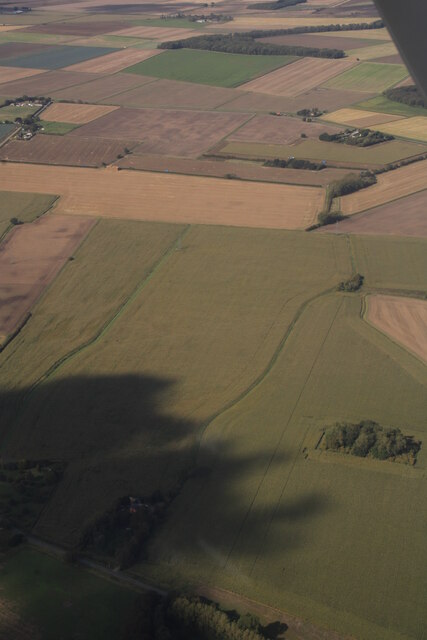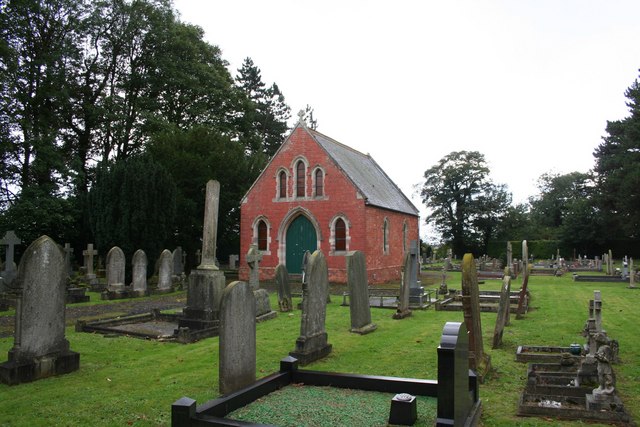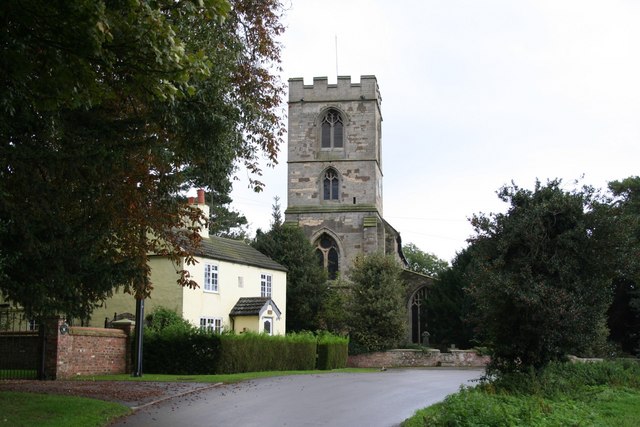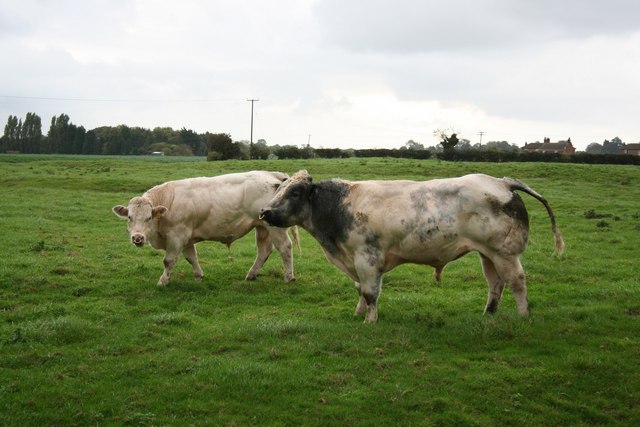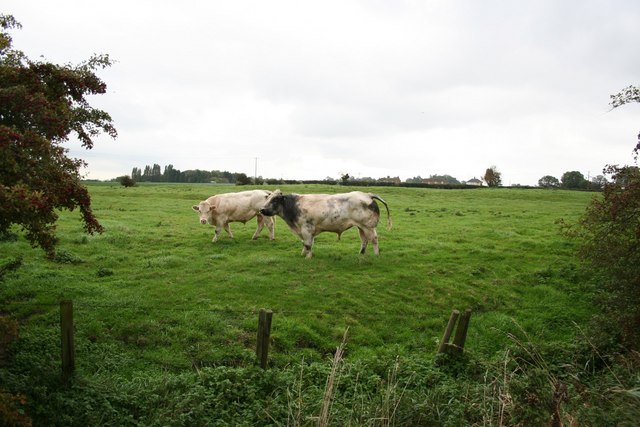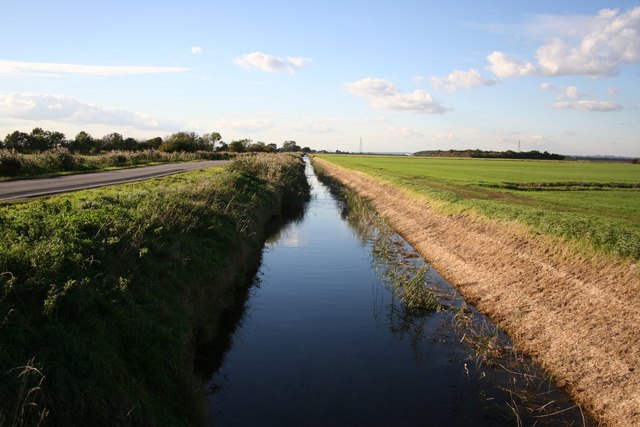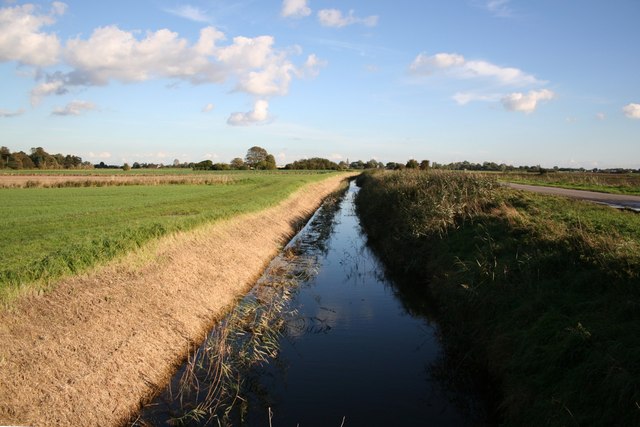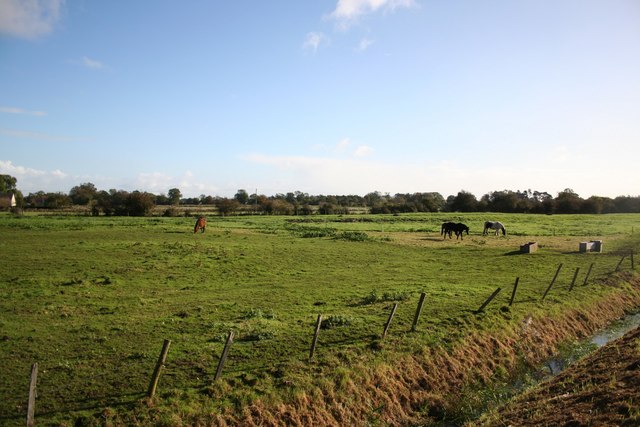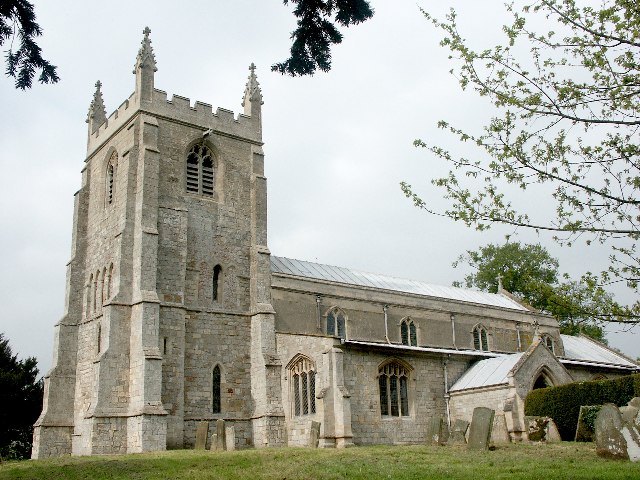Small End
Settlement in Lincolnshire East Lindsey
England
Small End
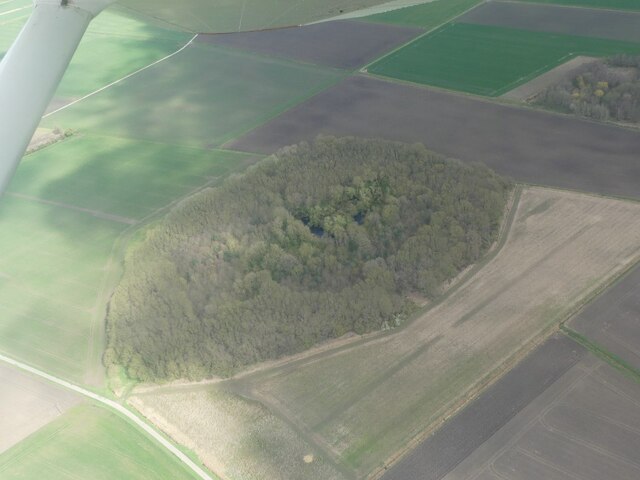
Small End is a small village located in the county of Lincolnshire, England. Situated approximately 5 miles southeast of the city of Lincoln, it is nestled amidst the picturesque countryside that characterizes the area. With a population of around 300 residents, Small End offers a peaceful and quaint setting for those seeking a quiet retreat.
The village is known for its charming architecture, with many of the houses dating back to the 18th and 19th centuries. The traditional stone cottages and well-maintained gardens create an idyllic atmosphere that attracts visitors and locals alike. The centerpiece of the village is its historic church, which stands as a testament to the area's rich heritage.
Despite its small size, Small End boasts a strong sense of community. Residents often gather at the local pub, The Red Lion, which serves as a social hub for the village. The pub provides a welcoming atmosphere where visitors can enjoy a pint of locally brewed ale and engage in friendly conversation.
Surrounded by rolling hills and lush green fields, Small End offers ample opportunities for outdoor activities. The village is located close to several walking and cycling trails that allow visitors to explore the stunning countryside. Additionally, the nearby Lincolnshire Wolds Area of Outstanding Natural Beauty provides a haven for nature enthusiasts, with its diverse wildlife and breathtaking landscapes.
Overall, Small End is a charming and picturesque village that offers a peaceful retreat amidst the natural beauty of Lincolnshire. Its rich history, sense of community, and proximity to stunning countryside make it an appealing destination for visitors seeking tranquility and a taste of rural England.
If you have any feedback on the listing, please let us know in the comments section below.
Small End Images
Images are sourced within 2km of 53.080188/0.152396 or Grid Reference TF4455. Thanks to Geograph Open Source API. All images are credited.
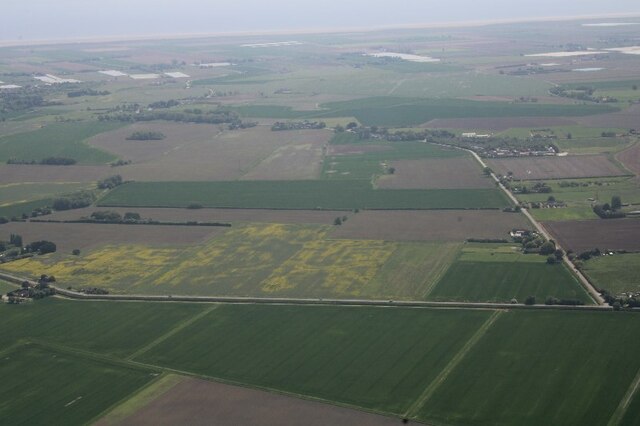
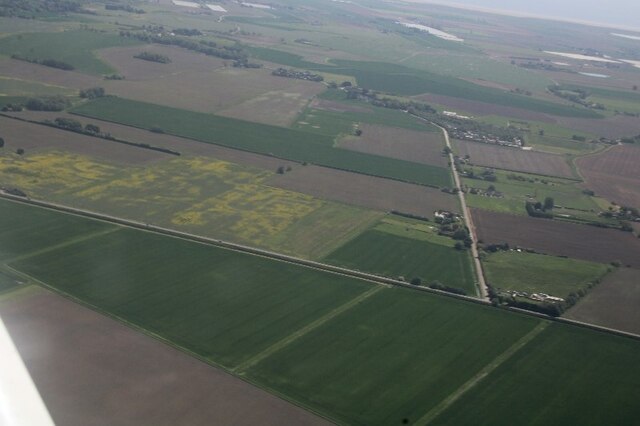
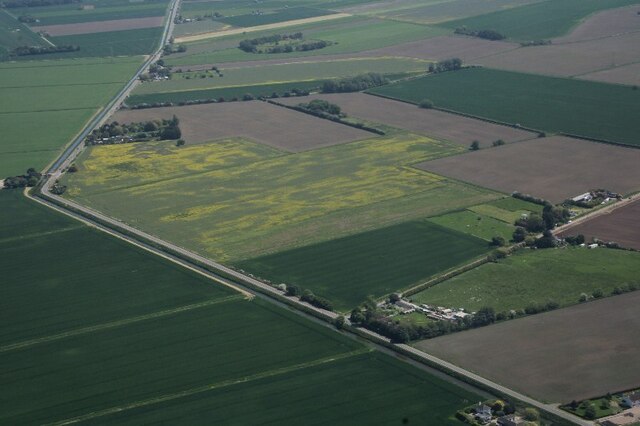
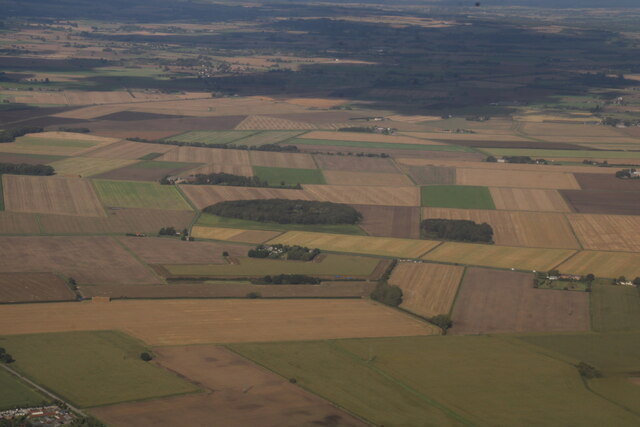
Small End is located at Grid Ref: TF4455 (Lat: 53.080188, Lng: 0.152396)
Division: Parts of Lindsey
Administrative County: Lincolnshire
District: East Lindsey
Police Authority: Lincolnshire
What 3 Words
///terminology.impresses.weekend. Near Wainfleet All Saints, Lincolnshire
Nearby Locations
Related Wikis
Friskney
Friskney is a village and civil parish within the East Lindsey district of Lincolnshire, England.The parish includes the settlement of Friskney Eaudyke...
Friskney Eaudyke
Friskney Eaudyke is a settlement in the civil parish of Friskney, and the East Lindsey district of Lincolnshire, England. It is 11 miles (20 km) north...
East Ville railway station
East Ville was a railway station on the East Lincolnshire Railway which served the village of Eastville in Lincolnshire between 1848 and 1964. It originally...
Eastville, Lincolnshire
Eastville, a village in the East Lindsey district of Lincolnshire, England. It is situated approximately 9 miles (14 km) north-east from Boston and 6 miles...
RAF Wainfleet
RAF Wainfleet was a Royal Air Force weapons range on The Wash on the east coast of England near Wainfleet, in the civil parish of Friskney, although the...
Wainfleet St Mary
Wainfleet St Mary is a village and civil parish in the East Lindsey district of Lincolnshire, England. It is situated directly south of Wainfleet All Saints...
Wrangle, Lincolnshire
Wrangle is a village in the Boston Borough of Lincolnshire, England. It is situated approximately 9 miles (14 km) north-east from the town of Boston. The...
New Leake
New Leake is a village and civil parish in the East Lindsey district of Lincolnshire, England. The population of the civil parish at the 2011 census was...
Nearby Amenities
Located within 500m of 53.080188,0.152396Have you been to Small End?
Leave your review of Small End below (or comments, questions and feedback).
